French artist Julia Haumont opened at IOMO gallery a chest of surprises, a trunk with recent memories. I saw the exhibition curated by Lina Țărmure and I was made to understand that the selection of ceramic works, glass, and textiles is eye-opening for the artist’s discreet and at times mischievous character, one in which we can distinguish an affinity for textures and materiality, technique and the theme of memory. I went through the exhibition “All Day I Dream” feeling a bit distressed with the harmony induced by the shapes, be it the objects’ shape, the text, or the entire space.
Do you recall Degas’s little dancer, Petite danseuse de quatorze ans? The sculpture made of bronze at the beginning of the 20th century, presented for the first time (in wax) at the Sixth Impressionist Exhibition from 1881? It was a moment which caused a furor and is often remembered as one that generated polemics and divergences between critics. In an analysis dedicated to Degas’s sculpture, Jaqueline Lichtenstein examined the position of the viewer’s experience when looking at a sculpture: she raised the issue of the sensorial affectivity emerging from the relationship between the two bodies – of the viewer and of the sculpture itself. The ceramic figurines made by Julia Haumont induce a similar affectivity, and because they are not enclosed in a glass cabinet like the little dancer, they amplify the affect described by Lichtenstein. Even if you stand in front of the figurines, placed on bases, laid on the floor, or on white “beds,” the relation and the encounter with them represent precisely an affective movement of the spirit and body.
I, for one, rested my gaze on the little girl long enough, with her legs propped on the wall; analyzing it, the aforementioned feeling emerged too, and my look fixated on the blue sock. I was convinced that the work was the most distinguished in the series, yet not for its technical value – because each piece reaches a level of admirable execution – but for the narrative halo induced in the spectator. I had the impression that somewhere near her, maybe at an arm’s length, she could have an open book turned with the cover up, itself glued on a chilly, slightly dusty floor from an attic. Anyhow, the person who really knew what she was missing was not here, so perhaps it was a volume of In Search of Lost Time? Maybe it was the first book, Swann, somewhere at the beginning, and, if I were to bet on specificity, perhaps even opened at the fragment about the cupcake. Surely not by coincidence, because in the book, Proust describes the phenomenon of involuntary memory and the creative act. Owing to an intense experience, the episode about the recuperated memory caused by the bite of a “short and fatty” cake from childhood was to reveal to the narrator both the atmosphere, the rituals, and the places of a time perpetually present. I understand from the curatorial text that the essence of Julia Haumont’s creation is a bundle of recollections, of delicate memories from her own childhood. The major sources of inspiration are rooted in the family photographs in which the artist rediscovers herself as a child, but their “ramifications” point to small fragments of Balthus’s characters in drained poses, and to the water colors signed by Henry Darger – dainty in theory, striking in reality.
After stepping behind for a bit, an amicable conversation emerges in the space between the little Julias and the textiles on the wall, ultimately collected by the same little Julia, now an adult. The patches tell a beautiful story which begins long before the artist’s studies at École de Beaux-Arts in Paris, more precisely when she was spending most of her time in her grandfather’s textile shop surrounded by all sorts of fabrics, ribbons, and bows. A tacit, unwritten, and unexplained agreement sprouted then in relation to the textiles, which later on became instrumental in approaching this old / new medium of expression. Even though an intervention on textiles is almost exclusively limited to the materiality and colors, and is positioned, technically speaking, at the opposite end compared to the reliability and precision needed in burning ceramic sculptures, the intertwinement of fabrics with beads, tinsel, and glitter implies a harmless technique, related to the fragility of the material, but most importantly, is devoted to those long past memories which are now present.
I will end with an observation that can justify the “intangibility” attached to my commentaries. I observe the relation between the exhibited works and their stories. Certainly, the idea mentioned by the curator Lina Țărmure in the curatorial text, that of a “play,” is a fair representation of the spirit brought by the works and the creator. The exhibition leaves a fair room for the opportunity to revisit a space of mind which is rarely accessed, that of childhood; and can awaken, similarly as for Proust, “an unimaginable pleasure, isolated, without knowing its cause.” However, if we analyze this further, perhaps I am not alone in realizing that, in fact, the dialogue takes place between two concepts: the material and immaterial – substance and essence. A slippery discussion, yet if the instrument of analysis departs from the metaphysical-Aristotelian line of thought, then substance means presence, or in other words, a form’s main layer; through essence, on the other hand, we understand what will be, or will have been, an attribute attached to the dimension of time to add to presence another layer of understanding – both the present and the past. In this way, the presence (and respectively substance) includes essence, which has taken place at a certain time for the form to be completed. I relate these terms and concepts with the exhibited works and I conclude that the phenomenon takes place between the works (as substance) and the stories (as essence), and the form is provided by the harmony between the two. Even though the curator sees this harmony as a conclusion of the “mnemonic mechanisms of the human brain,” I am tempted to think of this harmony as tragical: according to Michel Maffesoli, the immaterial memory of a “mythical paradise,” regardless of name, is a nostalgic regret which we can find in all cultures, and in Julia’s exhibition, the various meanings of this harmony coexist and are interdependent.
Translated by Adelina Luft
POSTED BY
Călina Coman
Călina Coman (b. 1998) is an art critic and curator. She works in Bucharest, writes texts for specialized media and collaborates with artists in various independent projects. She graduated from the D...
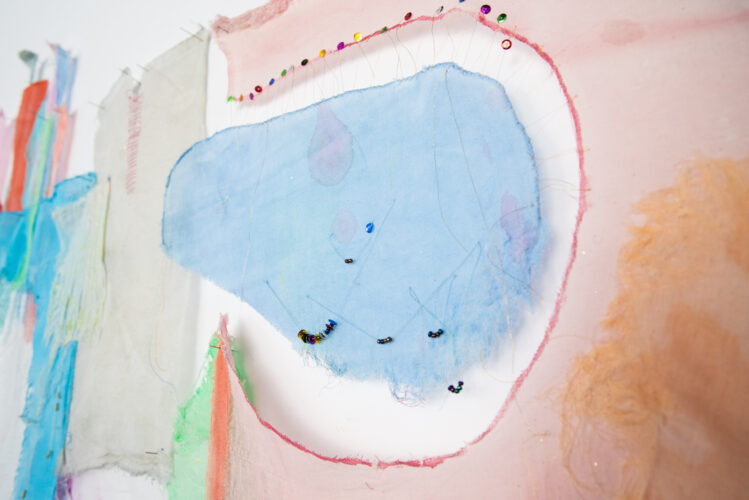
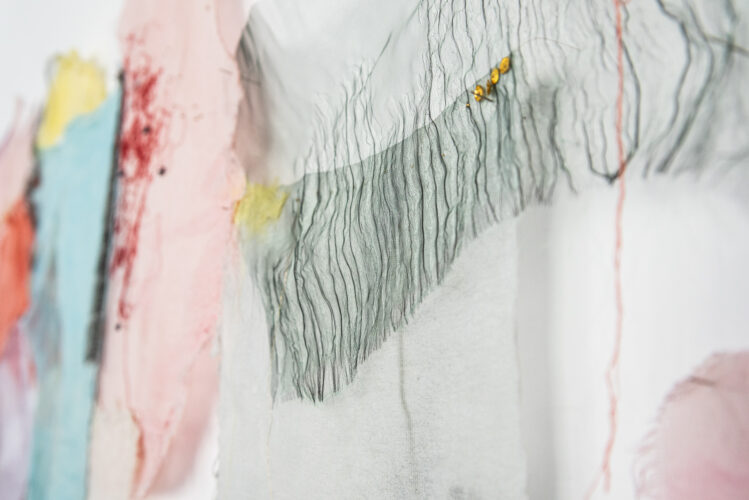
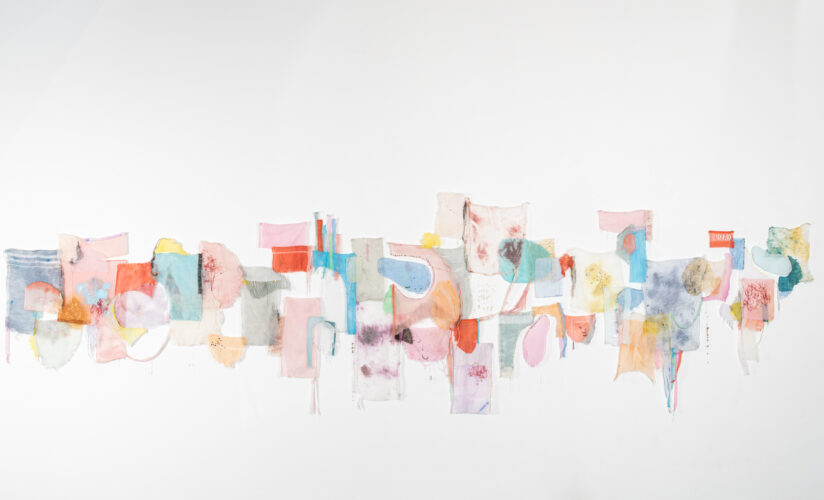
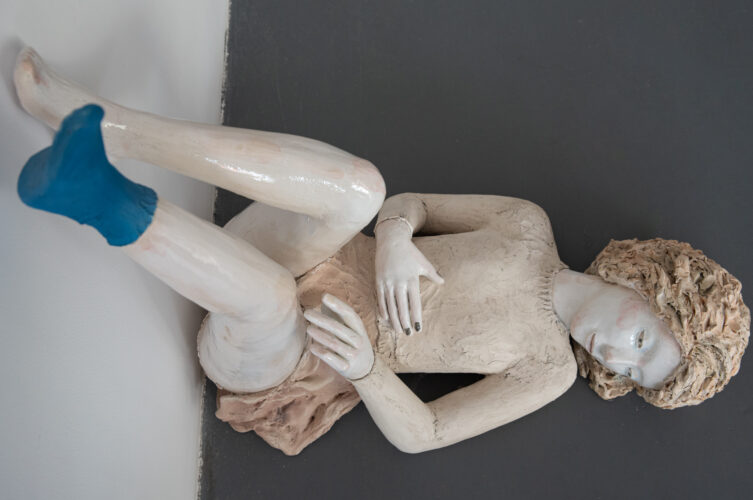
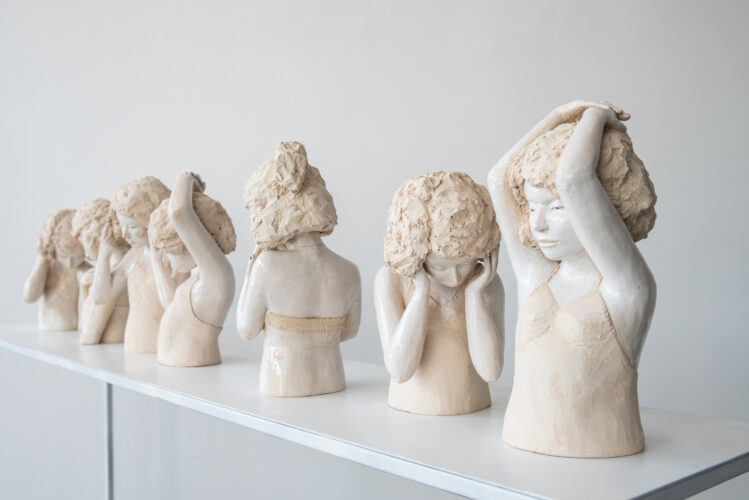
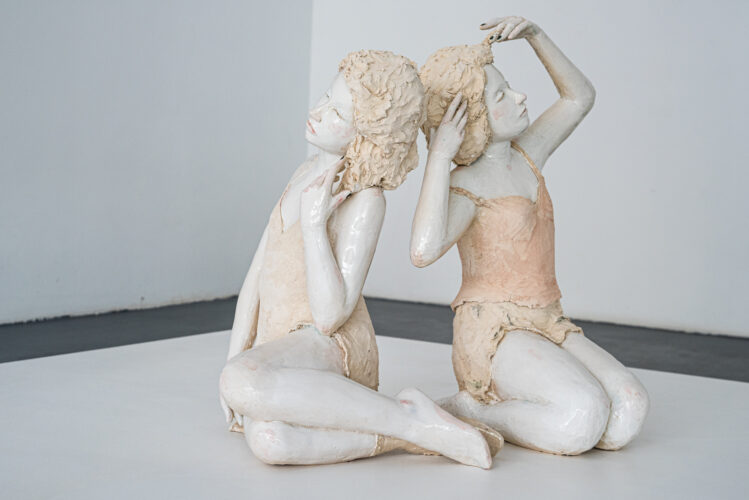
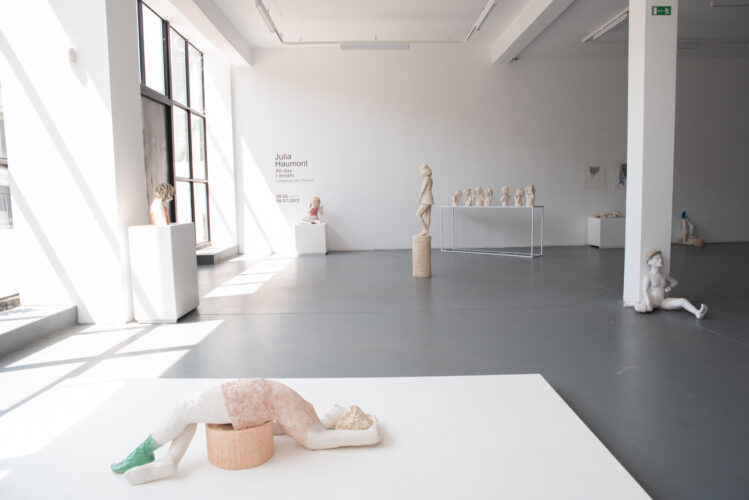
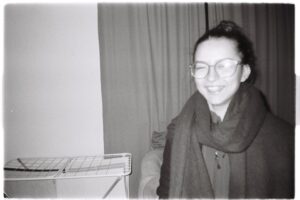
Comments are closed here.